Tink the Marble with the Knife: Michelangelo
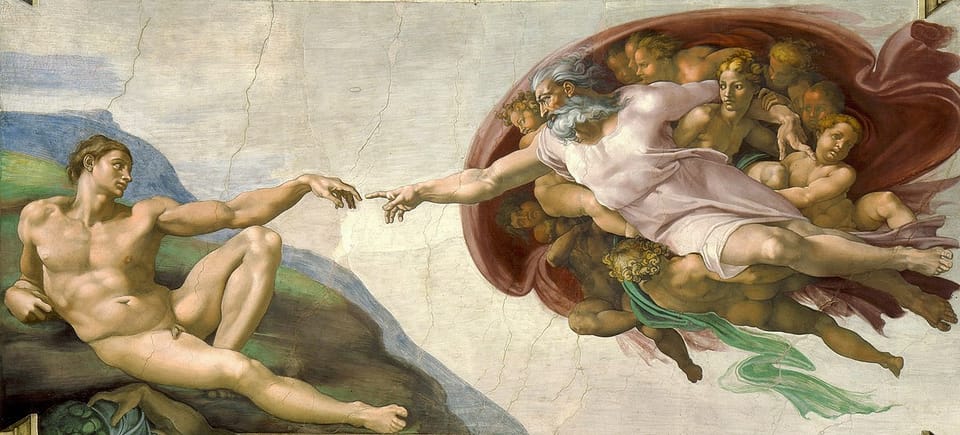
Toppling Kings and monarchs has been a popular activity throughout history. However, perhaps the most infamous revolutions have occurred in the art industry, especially during the notorious Renaissance. The contemporary and rival of both Raphael and Leonardo Da Vinci, Michelangelo arguably tops all other Renaissance and current artists. Though Michelangelo was notable even in his lifetime, his life was long and miserable and he lacked self-esteem due to negative comments and injuries. His works reverberate in today's visual culture, synonymous with the High Renaissance.
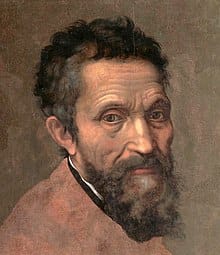
Born into a family of bankers living in Florence, Michelangelo learnt the harsh laws of life at the age of 6, when his mother died. He was sent to live in his father's quarry and marble farm where he worked with marble alone. When he was at school, he was a thousand miles away from his teacher's drawling voice and on cloud 9: his notebook filled depictions of stained glass windows. As his love for art grew, he encountered more artists along the way. Grasping his little knowledge of art, he became a student of a notable artist. The de facto of Florence asked the artist for his top student, and Michelangelo was called upon immediately. This golden opportunity fulfilled Michelangelo’s dream of sculpting and painting as he became the mastermind behind the greatest masterpieces of history, including David.
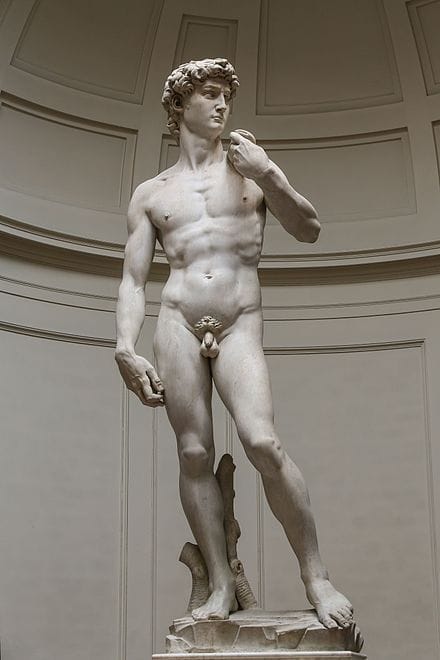
In a similar fashion to that of other Renaissance artists, Michelangelo focussed his artworks on the Bible. This was understandable, as the Catholic Church was at its peak during this time. An instance is Michelangelo’s David who stands comfortably and thinks about his future actions. Though a single marble figure, over a hundred meanings circulate around the work. David is the city of Florence as it reminds every viewer that Florence is independent. The Republican ideals are reflected in the Renaissance epoch. David, in his left hand, holds a stone, a representation for physical attributes, prepared for the sling handle, yielded in his right hand, which is a reference to David battling Goliath with a sling in the Bible. David made a considerable impact on future Renaissance artists, though David was the beginning of the end for Michelangelo.
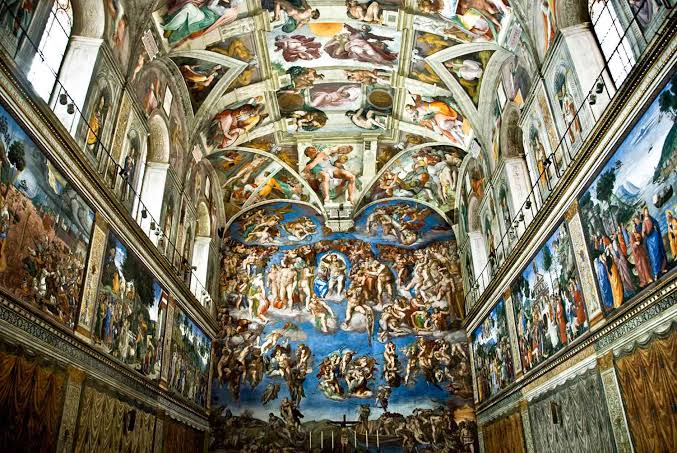
The early success of David propelled Michaleangelo to a sophisticated lifestyle as his sculpture drew the eyes of the secular church. Pope Julius II, the ‘War Pope’, issued a letter addressed to Michelangelo before Raphael. The callous Pope requested Michelangelo to create a tomb for himself. Nonetheless, the Pope stopped all progress halfway through though Michelangelo had already purchased the marble and was completing it. Michelangelo’s face turned beet red and his ears smoked steam as he ran away from the Church. Michelangelo was an aficionado of sculpting but the Pope restricted sculptures. The Pope later ordered the reluctant artist to paint frescoes on the ceiling of the Sistine Chapel after he was lacerated by the Pope's mace but at a heavy cost. Michelangelo fell from the scaffolding multiple times. Michelangelo was also compared to Raphael and faced demotivation.
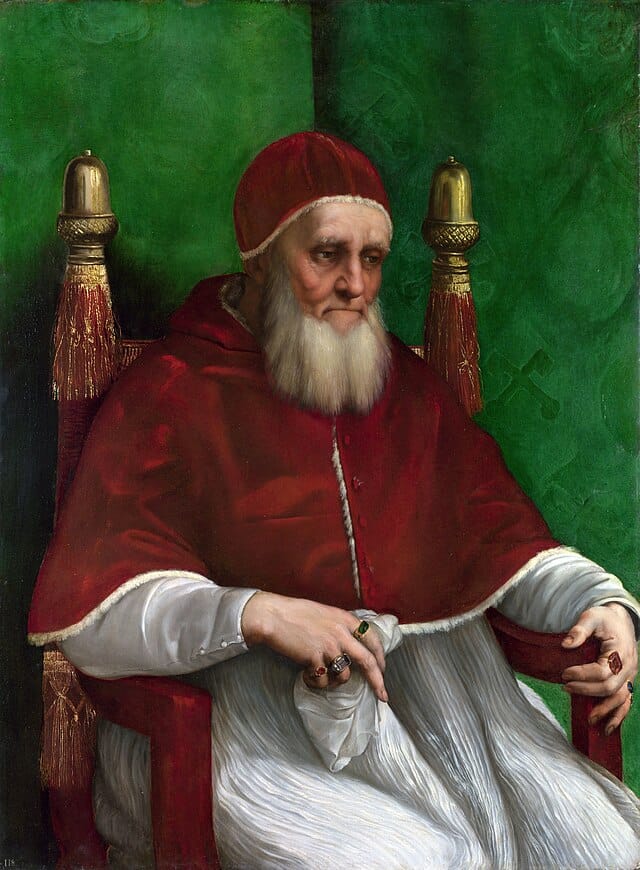
Michelangelo is the icon of the Renaissance as his works produced are the finest humanity has ever seen. He was a fanatic of sculptures though he painted more than sculpting: the result of forced commissions and limited time. Michelangelo, though he lived an undesirable life, moulded a permanent marking on the art industry and one's life. Lest his paintings cease hanging.


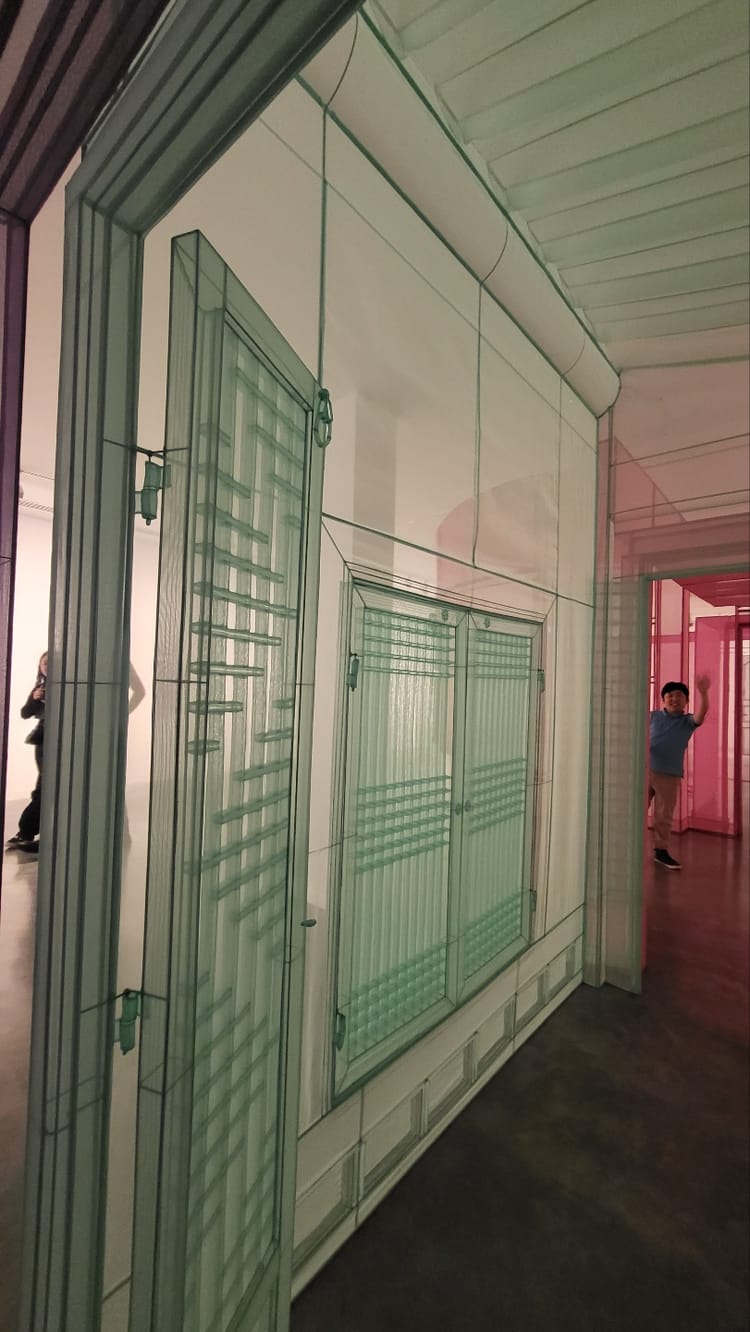
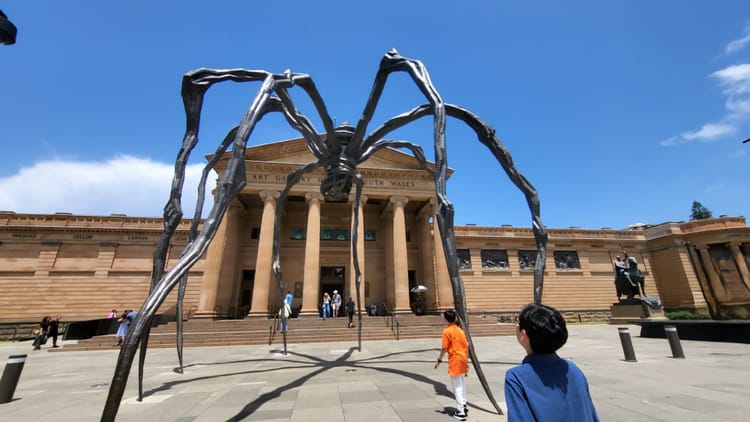

Member discussion